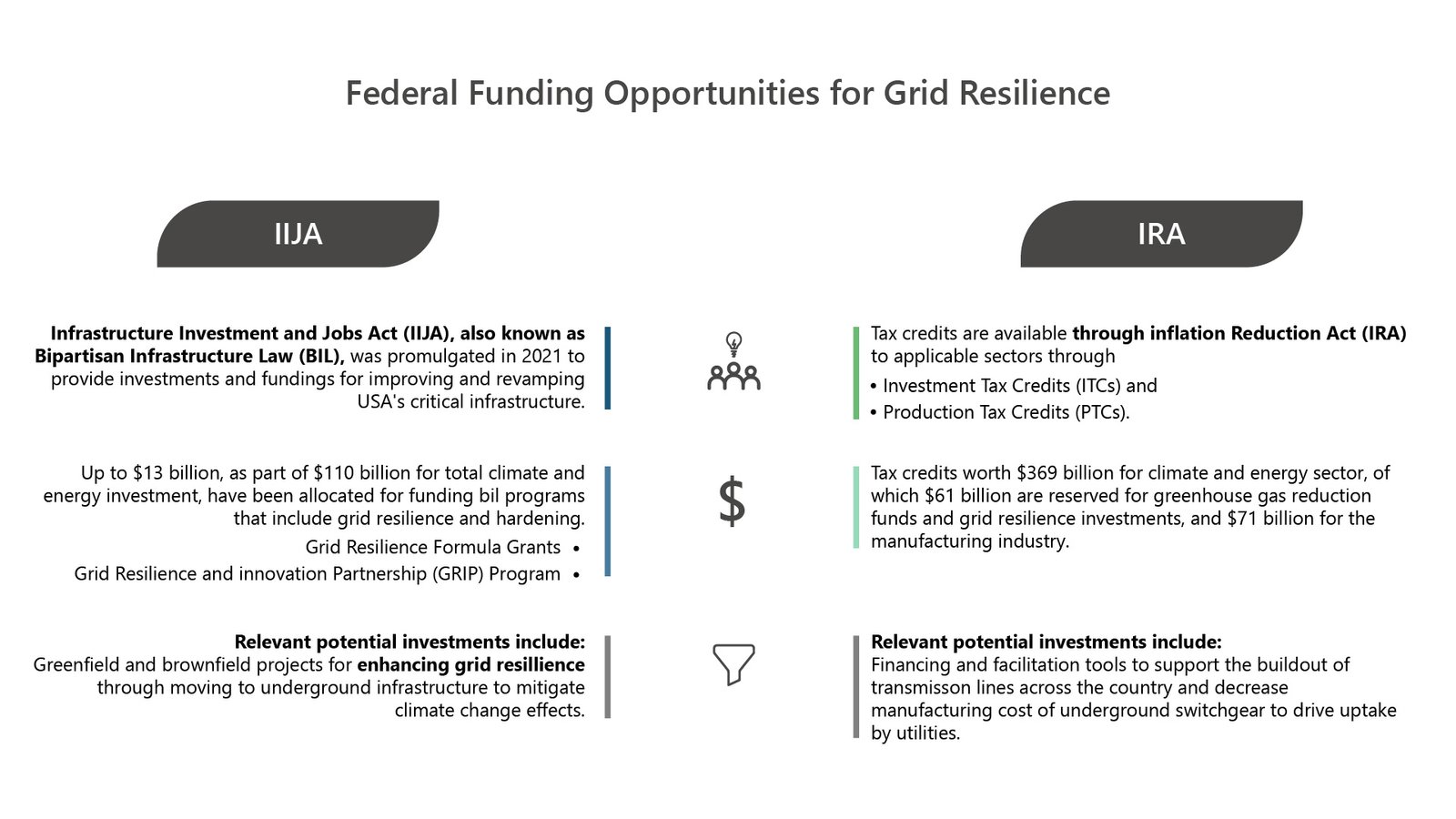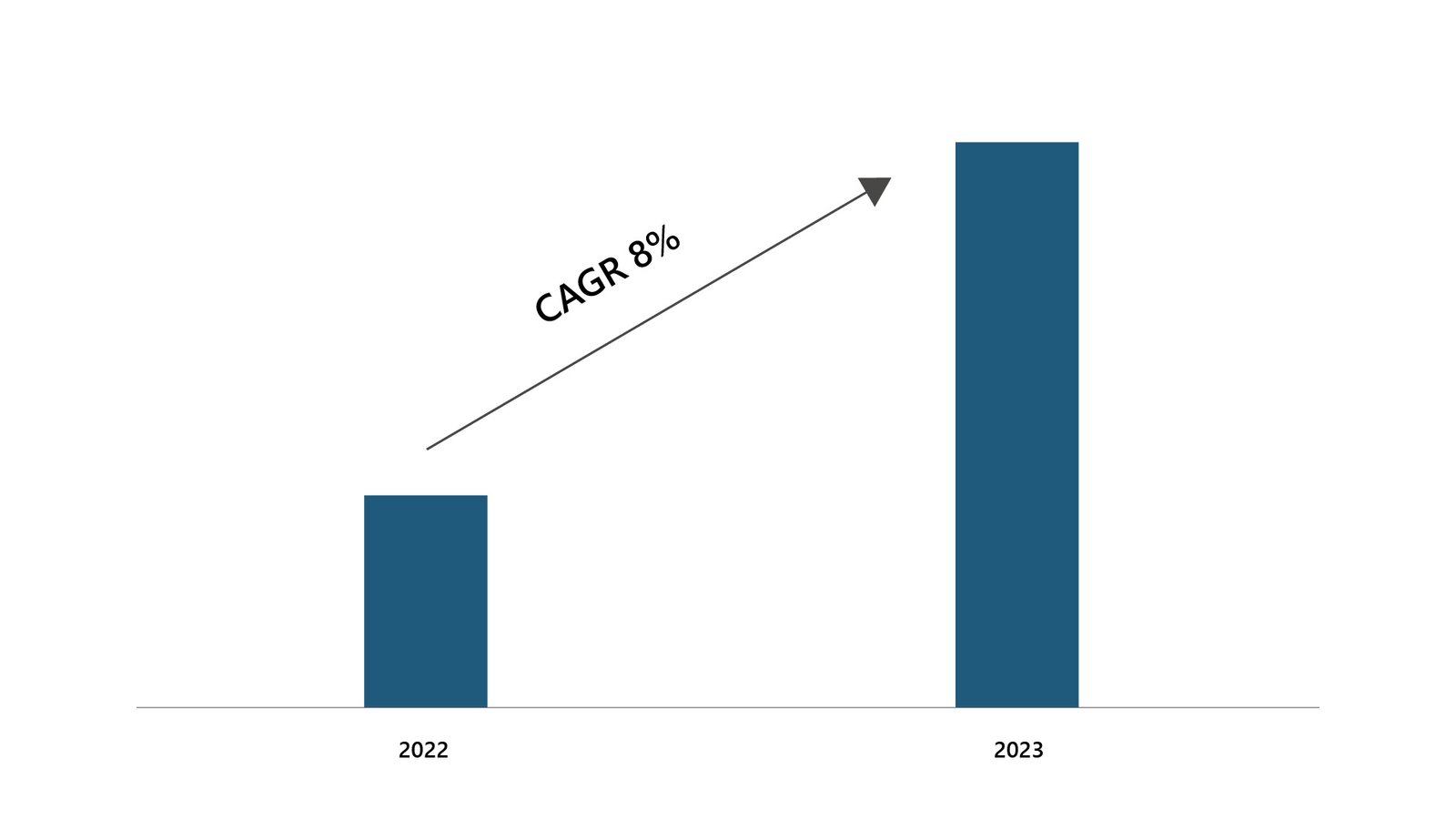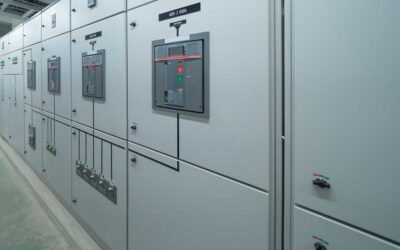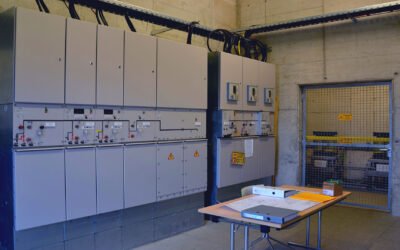• The electrical infrastructure of the US is shifting to underground because of factors such as reliability and resilience, aesthetics and environmental considerations, and urban and land use.
• The challenges that can impact the growth of the underground switchgear market are high initial costs, technical challenges, and retrofitting existing systems.
• As technological advancements continue to redefine the energy sector, underground switchgear is poised to play a pivotal role in building a resilient, sustainable, and visually appealing energy future.
The electrical infrastructure of the US has undergone significant advancements over the years. One notable trend in the energy sector is the growing popularity of undergrounding of the network. This is revolutionizing the way electricity is distributed and managed, particularly in urban and densely populated areas. The US aims to convert 50% of its distribution network underground by 2040.
Why is the US Moving Towards an Underground Network?
There are certain key factors driving the need to shift to an underground network in the US. These factors are reliability and resilience, aesthetics and environmental considerations, and urban development and land use.
Reliability and resilience
Underground switchgear systems offer enhanced protection against weather-related disruptions such as storms, heavy snowfall, and hurricanes. These systems are inherently more resilient in extreme weather conditions. The susceptibility of overhead lines to tree-related incidents, such as fallen branches and trees, can result in prolonged power outages. Underground switchgear minimizes such vulnerabilities.
The reduction of outage durations due to extreme weather events is a significant benefit of underground systems. This translates to improved service reliability for consumers. The increasing frequency of extreme weather events due to climate change has prompted utilities to prioritize resilient infrastructure, making underground switchgear an attractive option.
Aesthetic and environmental considerations
In urban landscapes, the proliferation of overhead power lines and utility poles can lead to visual clutter and aesthetic concerns. Underground switchgear eliminates these eyesores, contributing to a more pleasing urban environment. Moreover, the preservation of natural landscapes and historical sites is an important concern of the people and the government. Employing underground switchgear can prevent disruption to scenic views and cultural heritage, maintaining the visual appeal of the place. Furthermore, overhead lines can pose hazards to birds and other wildlife. As the planet is shared by many living things, it is important to consider the impact of human-made development. Thus, underground switchgear mitigates the risks associated with bird-related incidents, contributing to environmental conservation.
Urban development and land use
As cities expand and populations grow, the demand for efficient land use becomes paramount. Underground switchgear systems utilize the space beneath streets and sidewalks, allowing for optimal land utilization. Underground installations free up above-ground space that can be repurposed for parks, pedestrian zones, and other community spaces, contributing to urban beautification and livability. In areas with limited available space for overhead installations, underground switchgear provides a practical solution for expanding energy infrastructure without encroaching on existing structures.
Policies Supporting Undergrounding Initiatives
Underground networks provide multiple benefits, attracting funding and grants from the government. These funding and grants are particularly directed towards areas prone to natural disasters, decreasing the initial financial burden on utilities. For instance, the Infrastructure Investment and Jobs Act (IIJA) and Inflation Reduction Act (IRA) have announced funding for grid resilience projects.

Figure 1: Impact of IRA and IIJA on the Transition to Underground Electrical Network.
Source: PTR Inc.
Furthermore, regulators are driving utilities to enhance grid resilience and reliability. As part of this push, undergrounding is gaining momentum as a potential solution, particularly in high-risk areas vulnerable to wildfires and flooding. This is ultimately increasing the demand for underground MV switchgear market in the country.
Snapshot of the US Underground Switchgear Market
The underground MV switchgear market in the US is expected to grow with a CAGR of ~8% from 2022- 2030, owing to the increasing need for improvement in grid resilience and reliability, creating substantial demand for pad-mounted underground switchgear. With the advancement in technology, underground switchgear will be utilizing solid insulation because of the favorable properties for the protection of underground networks.

Figure 2: Expected Growth of Underground MV Switchgear Market in the US.
Source: PTR Inc.
Challenges Hindering the Growth of the Underground Switchgear Market
There are certain challenges that can impact the growth of the underground switchgear market. These are high initial costs, technical challenges, and retrofitting existing systems.
High initial costs
The upfront investment required for underground switchgear installations is often higher than the traditional overhead systems, presenting financial challenges for utilities.
Technical challenges
Underground installations require specialized equipment, expertise, and maintenance practices, posing technical hurdles for utilities transitioning from overhead systems. In case of a technical fault, it may take more time and resources to identify and remove the fault in underground switchgear as compared to overhead switchgear installation.
Retrofitting existing systems
The utilities are comfortable with using existing systems. Adapting underground switchgear for existing systems can be complex and expensive, deterring some utilities from making the switch. These three challenges can slow down the growth of the underground switchgear market.
Preferred Choice of Utilities: Weighing the Pros and Cons
Utilities are increasingly evaluating the advantages and drawbacks of underground switchgear systems in their decision-making processes. The preference for underground switchgear varies based on factors such as location, budget, and long-term goals. All the major IOUs (Investor Owned Utilities) in the country have defined their undergrounding goals. For instance, PG&E has announced plans to invest approximately USD 11 billion by 2026 to install 2,700 miles of underground power lines to improve grid resilience.
While underground systems offer aesthetic benefits and enhanced reliability, utilities must carefully consider installation costs, maintenance requirements, and compatibility with existing infrastructure.
Way Forward
The US is witnessing a transformative shift in its electrical infrastructure as underground switchgear gains prominence. Driven by aesthetic considerations, reliability needs, and urban development imperatives, the adoption of underground switchgear is reshaping the energy landscape. While challenges such as initial costs and technical complexities persist, the collaboration between the public and private sectors, coupled with policy support, is accelerating the transition. As technological advancements continue to redefine the sector, underground switchgear is poised to play a pivotal role in building a resilient, sustainable, and visually appealing energy future.
Medium Voltage Switchgear Service Overview
The research presented in this article is from PTR's Medium Voltage Switchgear service. For information about this service please submit a request shown below.
Contact Sales:
Europe
+49-89-12250950
Americas
+1 408-604-0522
Japan
+81-80-7808-1378
GCC/Rest of APAC
+971-58-1602441
More about our:
Medium Voltage Market Research
Recent Insights
Sustainability Across Sectors: Highlights from GreenTech Festival 2024
Recently, I had the privilege to attend and present at the Greentech Festival, an excellent event in the realm of sustainability. This influential...
Charting the Course: China and India Lead APAC’s MV Switchgear Market
The infographic offers a comprehensive overview of the medium voltage (MV) switchgear markets in China and India, encompassing switchgear ranging...
Transitioning to SF6-Free Switchgear: A Timely Shift for the Middle East Market
The infographic advocates for the Middle East (ME) to transition to SF6-free gas-insulated switchgear (GIS). The Middle East region is expected to...


